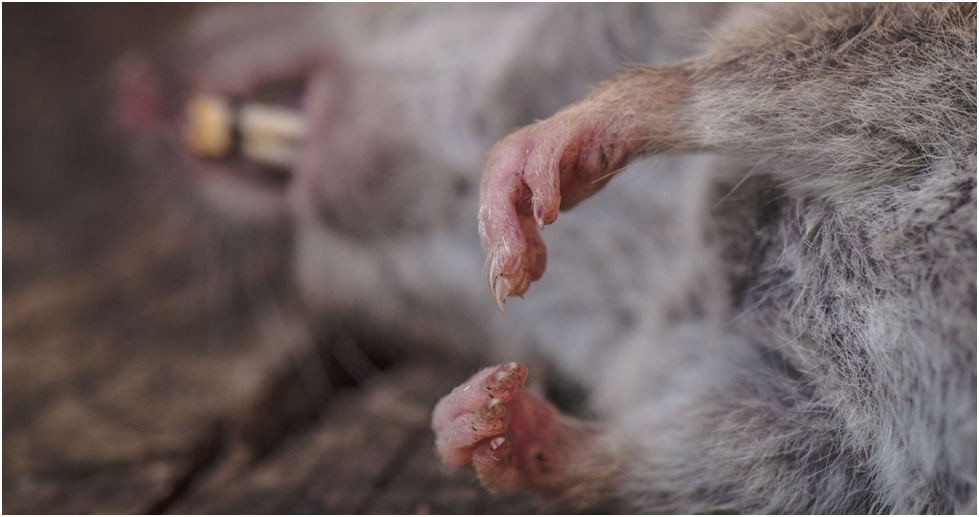Preparing your home and yard for winter is essential as the days grow shorter and temperatures drop. Preparing prep work before winter can save you significant headaches and costs. From winterizing outdoor equipment to checking your heating systems, a little foresight can go a long way.
You may need to address insulation, inspect your roof for potential leaks, and ensure your gutters are clear. These tasks protect your property and enhance energy efficiency during the cold months. A proactive approach makes for a smoother transition into winter, allowing you to focus on enjoying the season rather than scrambling to fix issues.
In addition to home preparation, consider how winter affects your vehicles. Ensuring your car is ready for winter driving conditions is equally important. Knowing the right steps ensures you’re covered from all angles as the chill sets in.
Understanding Winter Risks to Home Safety
During winter, specific hazards can threaten home safety. One significant concern is the risk associated with dead animals, which can pose safety and health issues if not addressed promptly.
Dead Animal Hazards in Winter
In winter, colder temperatures may lead animals to seek shelter, increasing their likelihood of entering your home or property. When animals die indoors or in hidden areas, they can create several hazards.
Health Risks: Decomposing animals, such as flies and rodents, attract pests, which can spread diseases. Knowing the potential health implications for you and your household is vital.
Foul Odors: The smell of decaying animals can permeate your space, leading to discomfort and making the environment undesirable. This odor can linger if not managed quickly.
Structural Damage: Animals might chew wires or insulation while seeking a route indoors. If an animal dies within your walls, its presence could lead to further damage over time.
Regular inspections of your property can help you avoid these risks. Timely removal of dead animals is essential for maintaining a safe and healthy home environment.
Fortifying Home Insulation

Before winter arrives, it is crucial to address your home’s insulation concerns. Proper insulation can significantly affect your home’s energy efficiency and comfort level during colder months. Understanding where insulation may be lacking helps you prepare effectively.
Evaluating Insulation Concerns
Start by inspecting areas such as your attic, basement, and walls. Look for gaps, cracks, or areas with thin insulation. Use a flashlight to check for any signs of moisture or mold, indicating poor insulation or condensation issues.
Consider using an infrared thermometer to measure temperature differences across walls to evaluate existing insulation. This tool can reveal cold spots where insulation potentially fails.
Make a note of specific locations requiring attention. Addressing these insulation concerns can prevent heat loss, reduce energy costs, and enhance your home’s comfort during winter.
Maximizing Energy Efficiency
Improving your insulation can lead to significant energy savings. First, determine the recommended R-value for your area by consulting guidelines from the U.S. Department of Energy. Insulation materials vary, with options like fiberglass, foam boards, and spray foam.
Consider using weatherstripping or caulk to seal any air leaks around windows and doors. These simple measures can further enhance energy efficiency.
Additionally, installing insulation blankets on hot water pipes can prevent heat loss. Insulating your attic is also vital as heat rises. Ensure that vents remain accessible to avoid moisture buildup.
These actions allow you to maximize energy efficiency and ensure your home remains warm and comfortable throughout winter.
Strategic Pest Management

Preparing for winter involves multiple dimensions of pest management, ensuring your home remains safe and comfortable. Addressing pest control proactively helps prevent infestations and mischief from wildlife as temperatures drop.
Winter Pest Control Preparation
As temperatures drop, pests seek warmth and shelter. Start your winter pest control preparation by sealing cracks and gaps in windows, doors, and walls. Use high-quality caulk or weather stripping to block these entry points.
Inspect your home for food sources. Store pantry items in airtight containers to keep pests at bay. Regularly clean your kitchen and dining areas to eliminate crumbs and spills.
Consider applying pest control treatments around your property. Use winter-specific insecticides and rodenticides, focusing on areas such as basements, attics, and garages. A strategic approach ensures pests don’t take refuge in your home during the colder months.
Wildlife Removal Strategies
Wildlife removal before winter is essential to maintaining your property. Common intruders include raccoons, squirrels, and opossums, all seeking warmth and food. Begin by assessing your yard for potential nesting spots, such as sheds and eaves.
If you encounter wildlife, avoid direct confrontation. Instead, contact professionals trained in humane wildlife removal. Critter Stop specializes in this service and offers effective solutions for unwanted visitors.
To reduce wildlife attraction, regularly inspect trash bins and secure outdoor pet food. With proper measures, you can avoid wildlife problems as winter approaches.
Preventing Infestations
Preventing infestations in cold months requires vigilance and effort. Start by decluttering your home. Pests thrive in undisturbed, messy areas, so clear out areas like attics and basements.
Keep landscaping maintained. Trim trees and shrubs away from the house, as they can serve as bridges for pests entering your home. Maintain a clear zone around structures to deter burrowing wildlife.
Utilize preventive pest control services during winter. Consistent monitoring and treatment will help maintain a pest-free environment. For quality service, contact Critter Stop at (214) 234-2616 for a free inspection. They have a fantastic reputation and customer reviews online due to their high-quality work and exceptional customer service.


